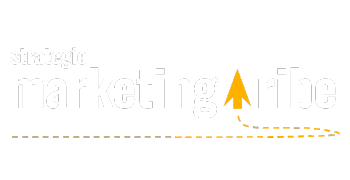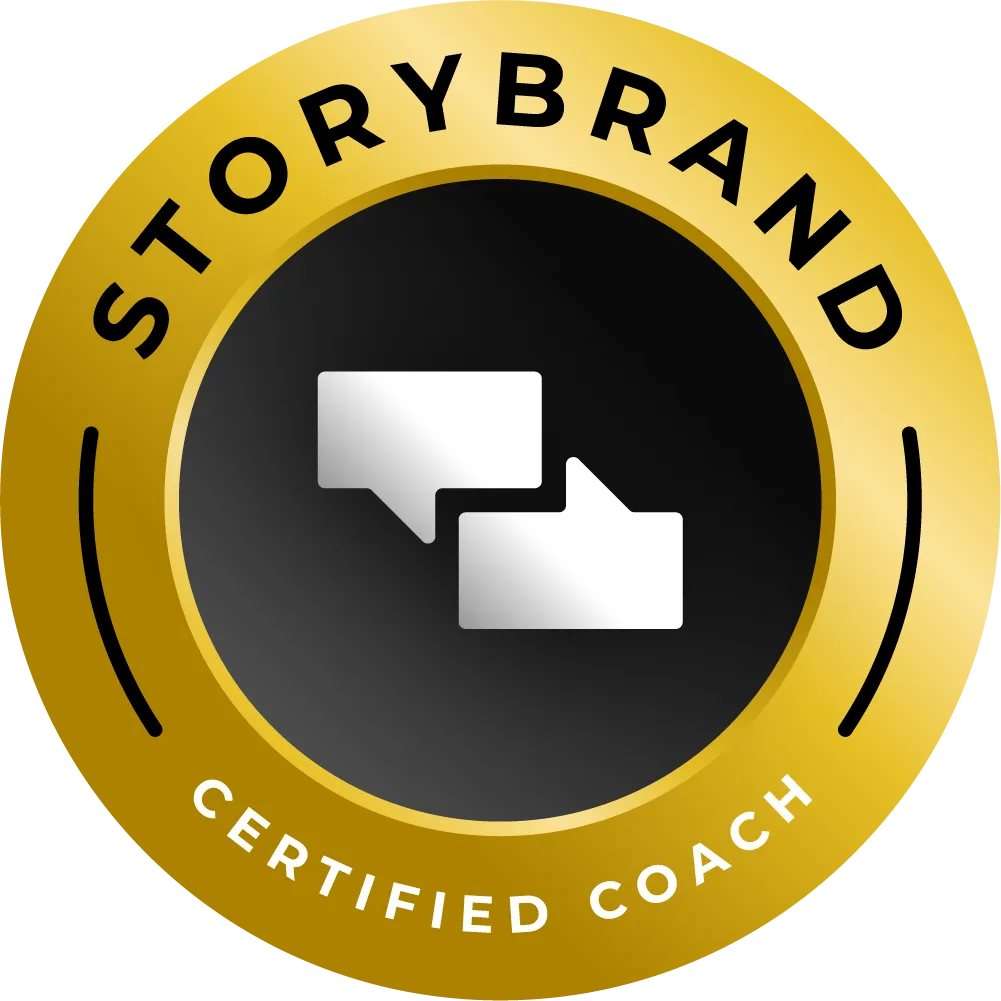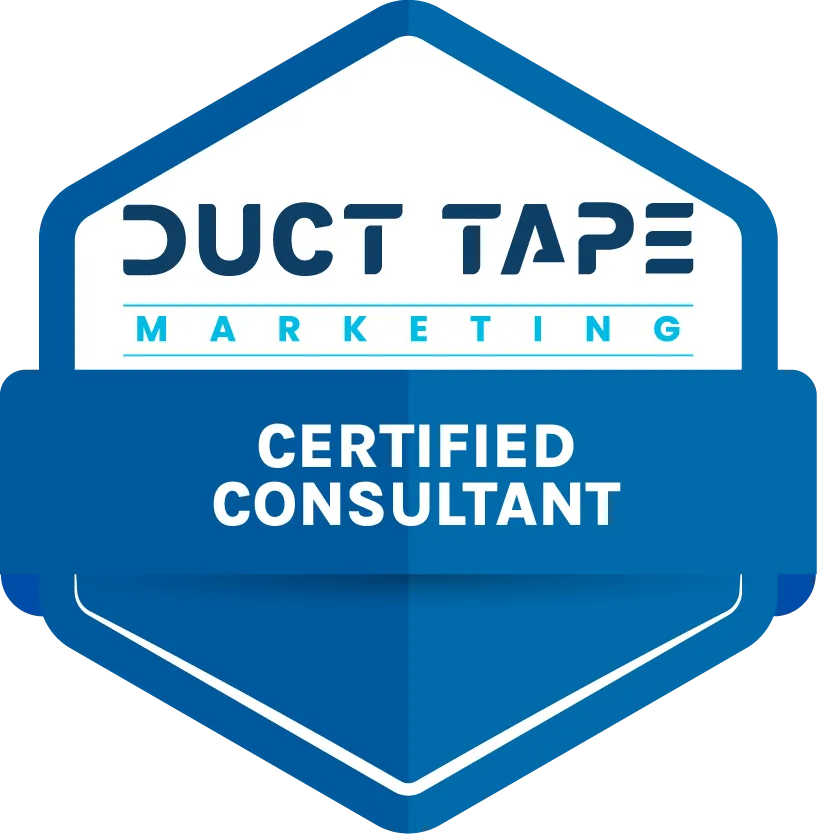STORY, MEET STRATEGY
Let’s make marketing feel less robotic and more real.
Find resources that bring your message—and your business—to life.

CMOs Bet Big on Generative AI—Here’s What Small Businesses Should Watch
By Vicky Sidler | Published 5 July 2025 at 12:00 GMT+2
If your marketing budget doesn’t include $10 million for AI experiments, you’re not alone. But according to a new global survey from Boston Consulting Group (BCG), that’s exactly what most large marketing departments are planning to spend—each year—for the next three years.
In a world where CMOs (Chief Marketing Officers) are tossing seven figures at generative AI with increasing confidence, the question isn’t “Should small businesses keep up?” It’s “What should we actually do with all this AI talk?”
Let’s break it down.
TL;DR
Big brands are all-in on GenAI—but that doesn’t mean you should follow blindly.
Here’s what small business owners should take away:
CMOs are focused on content quality, not just speed
Personalisation is delivering 3x the returns of mass offers
AI tools are growing, but training people still matters most
You don’t need $10M—just a clear message and smart, simple systems
What the Big Brands Are Doing:
The BCG report surveyed 200 CMOs across Asia, Europe, and North America. Their verdict? Generative AI isn’t a phase. It’s becoming a standard part of how marketing gets done.
Highlights from the research:
83% of CMOs feel optimistic about GenAI in 2025 (up from 74% in 2023)
71% plan to invest $10M+ per year over the next three years
60% expect GenAI to grow revenue by 5% or more
Focus areas include video generation, personalised offers, and AI-powered agents
But the most interesting part? Fewer CMOs are claiming efficiency gains. Instead, they’re seeing more value in better content and stronger customer experiences.
That’s good news for smaller businesses. Because you don’t need a huge team to improve your message—you just need the right system.
What This Means for Small Business Owners:
Here’s the part where I translate corporate excitement into real-life, budget-friendly actions:
1️⃣ Quality over quantity still wins:
AI can help you produce more content, but that’s not the end goal. CMOs are seeing better outcomes from personalised, customer-relevant content—not just cranking out blog posts. That’s where StoryBrand comes in. Clarify your message first. Then, if you use AI, you’re scaling clarity, not confusion.
2️⃣ Personalisation isn’t just for the big guys:
CMOs are using GenAI to send offers tailored to specific behaviours. The takeaway for small businesses? Don’t send mass emails to your whole list. Use basic segmentation (even with a free tool) to make your emails feel like they were written just for that person. It makes a difference.
3️⃣ Measure what matters:
CMOs are deprioritising ROI measurement tools—which is... bold. But you don’t need advanced dashboards to make smarter decisions. A simple Google Sheet and three metrics (lead source, conversion rate, and average spend) can go a long way. Lean Marketing is all about finding what works without overcomplicating it.
4️⃣ Talent beats tools:
The winning CMOs aren’t just buying software—they’re upskilling their teams. For small business owners, this means learning just enough about AI to use it well. You don’t need to become a prompt engineer. But you do need to know how to spot bad content and steer AI toward what makes sense for your voice.
Don’t Panic—Strategise:
As a Duct Tape Marketing Consultant and StoryBrand Guide, I’ve seen too many small businesses try to “do more” with AI and end up sounding less human. The trick is to stay human while using the machine to save time.
Here’s what I’d recommend:
Use AI to draft ideas—not to finish them
Make sure your one-liner is clear before you automate anything
Don’t invest in every new tool—pick one thing and get good at it
This tech isn’t going anywhere, but you don’t have to sprint to keep up. You just need a system that helps you make smart, simple choices—and keeps your message front and centre.
Want to Stay Clear While the Big Guys Get Complex?
If AI has you feeling like you need a second brain just to do your marketing, you’re not alone. But before you sign up for another tool, start with the basics.
Grab the free 5-Minute Marketing Fix—it’ll help you explain what you do in plain English, without needing ChatGPT or a creative team.
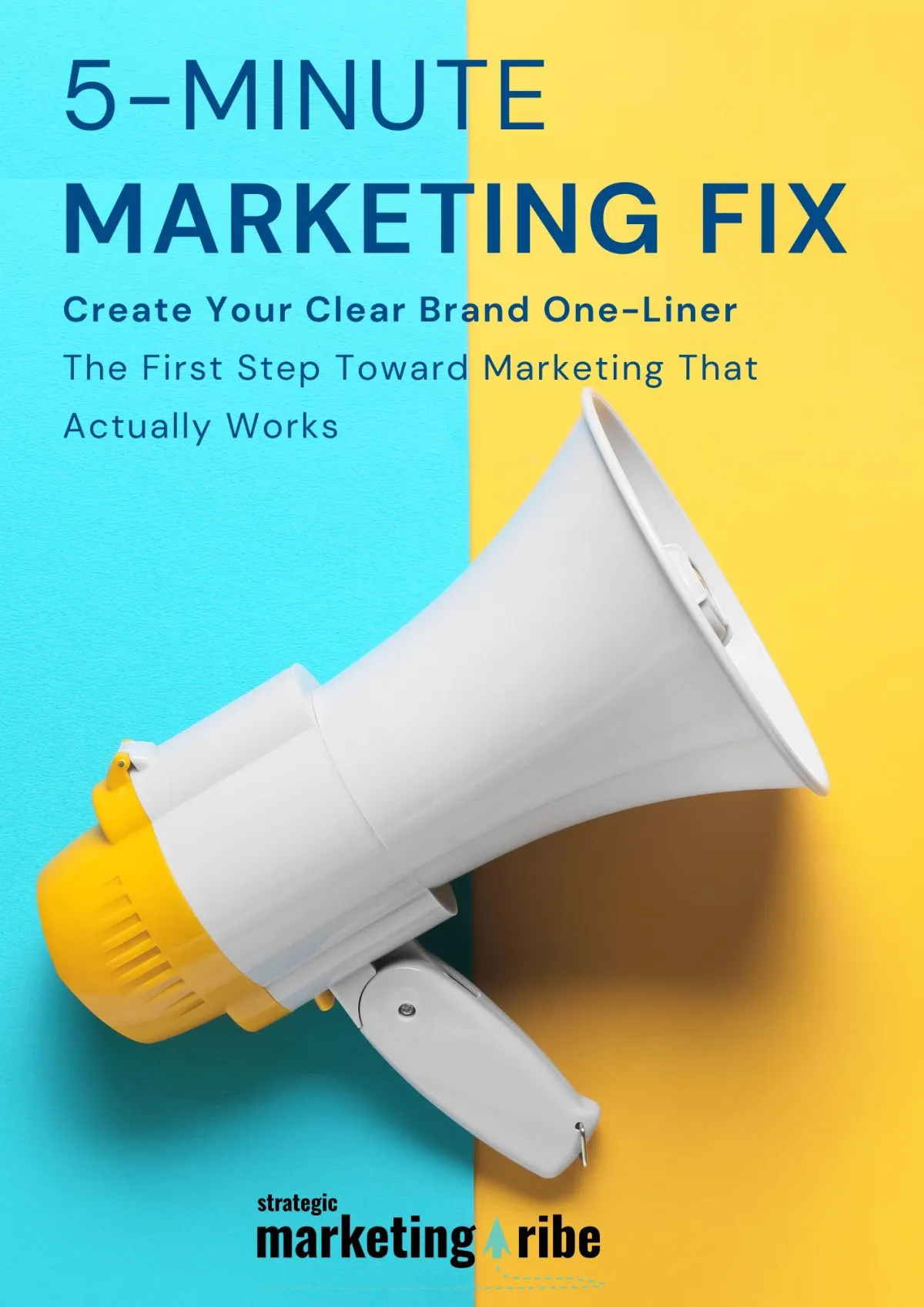
Created with clarity (and coffee)
